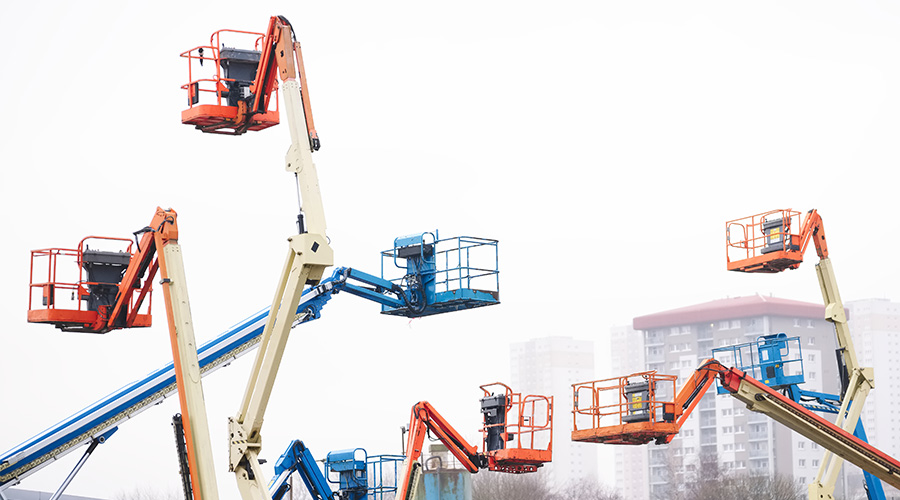Inventory Strategies: Vending Machines & RFID
One proven strategy for streamlining inventories involves placing vending machines strategically throughout a campus or facility. The machines store commonly used items, such as gloves, tape, lubricants, and batteries. Studies show that by placing these items in vending machines, managers can cut storeroom inventories by an average of 20 percent, and labor costs drop by up to 40 percent.
If managers can optimize the use of a CMMS and improve materials management, they can look more strategically at opportunities and technology to help them successfully manage daily activities.
For example, a more sophisticated approach to inventory management involves the use of radio frequency identification (RFID) technology, which uses electromagnetic waves to exchange data between a terminal and an object, such as equipment, materials, or a person. The goal in using RFID is to capture and allocate time and materials to a piece of equipment, asset, or facility.
The challenge for managers seeking greater efficiency and productivity in inventory management is to identify the greatest opportunities and prioritize activities accordingly. Is the department optimizing its CMMS to make the right business decisions? Are technicians using storerooms as managers intend them to be used? Answers to these questions will go a long way in determining the level of success a department will achieve.
Related Topics:














